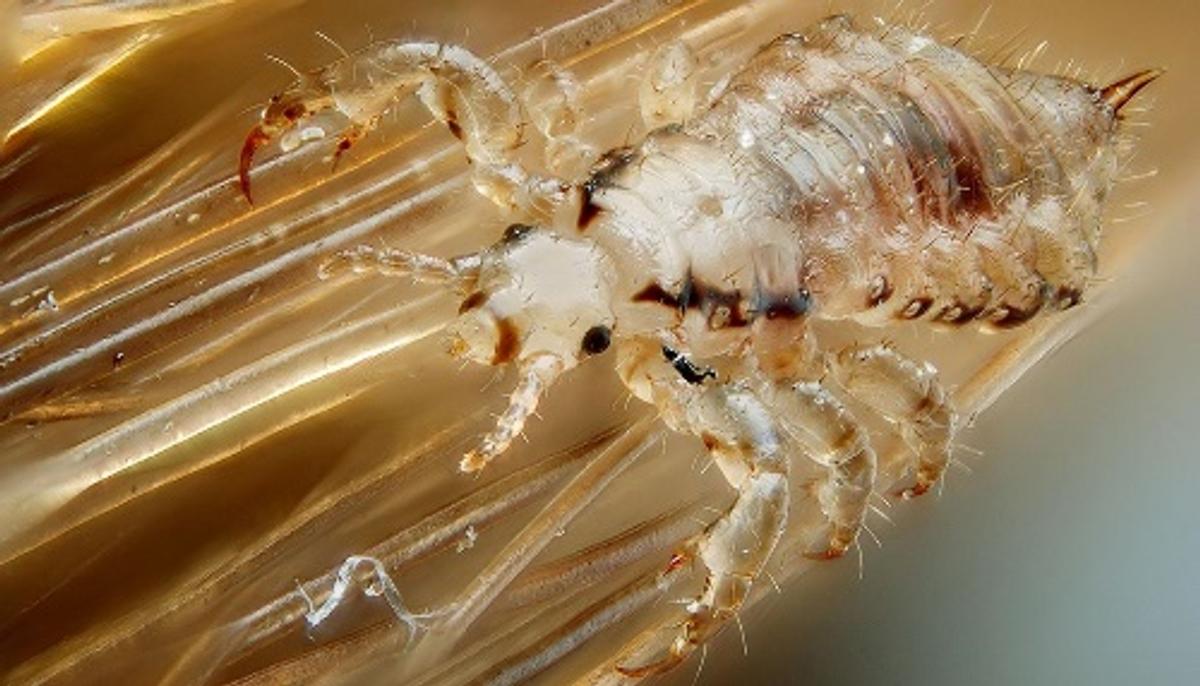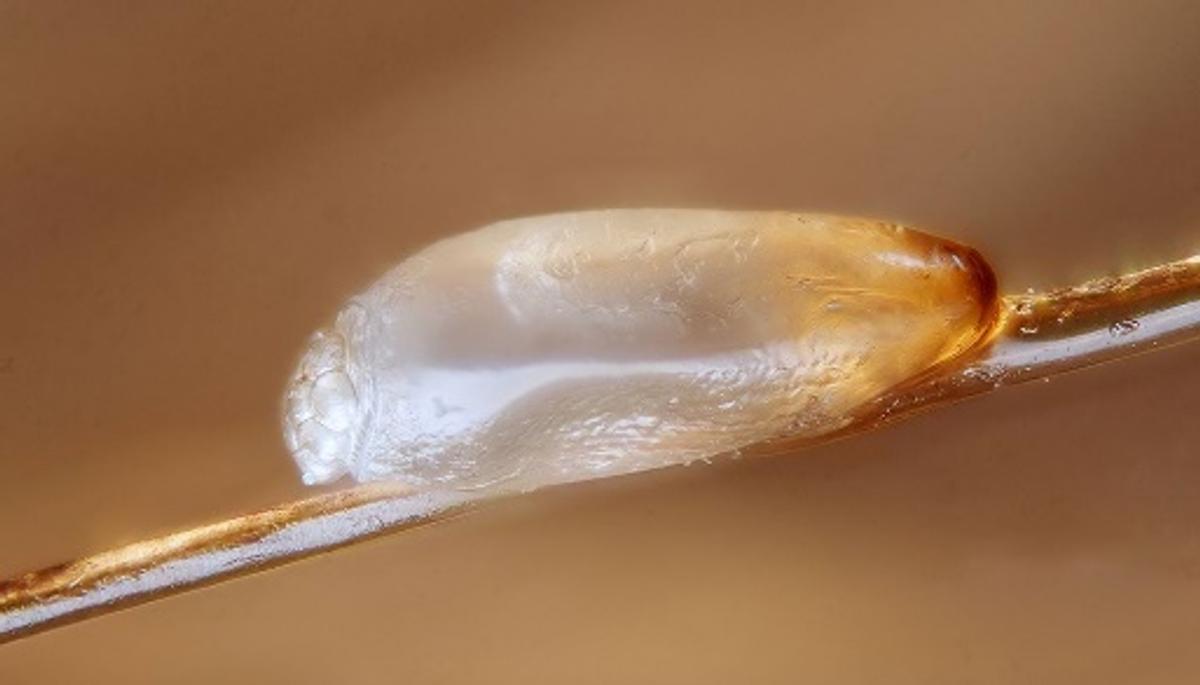Health & Wellbeing

Preventing and managing whooping cough
Whooping cough cases are continuing to increase across Victoria, particularly among school-aged children. Whooping cough is a very contagious infection, mostly spread through coughing or sneezing.
Symptoms include:
· blocked or runny nose
· tiredness
· mild fever
· severe bouts of coughing, often followed by a ‘whooping’ sound on breathing.
Whooping cough can lead to life threatening infections in babies.
If your child is unwell, they should not attend school. Please see a doctor if you or your child develops whooping cough symptoms. Early diagnosis and treatment will help reduce the spread of the infection.
Managing whooping cough at schools
Students diagnosed with whooping cough must not attend school. If your child is diagnosed with whooping cough, they must not attend school for 21 days after the onset of the cough, or until they have received 5 days of antibiotic treatment. You must notify the school if your child is diagnosed with whooping cough. To further reduce the spread of infection to your child and the school community, the Public Health and Wellbeing Regulations 2019 require that some students who were in the same classroom as a student diagnosed with whooping cough should not attend school.
Your child should not attend school for 14 days after they were last exposed to a person diagnosed with whooping cough, or until they have taken 5 days of a course of antibiotic treatment if they are:
· aged less than 7 years; and
· not fully vaccinated with 3 doses of whooping cough (pertussis) vaccine.
This exclusion is required by law – refer to the School exclusion table for primary schools and children’s services.
If your child is diagnosed with whooping cough, please contact the school to let us know.
Vaccination is the best way to reduce the risk of whooping cough. The Department of Health recommends staying up to date with immunisations, including booster doses. A free booster dose of the pertussis vaccine is covered under the national immunisation program for students aged 12 to 13. If you are unsure about your child’s vaccination status for whooping cough, please discuss with an immunisation provider, such as your doctor.
We really appreciate your support in keeping our students safe and well.
Head lice
We have had many cases of head lice already this term, so please continue to ensure your child/ren have their hair tied back at school.
Below is some information regarding head lice and how to treat it.
Information about Head Lice (Nits)
What are head lice?
Head lice are small, wingless insects that live, breed and feed on the human scalp. They do not generally carry or transmit disease. Head lice have existed for millions of years and, in fact, predate human evolution.
Direct contact is required for transmission from person to person. Lice will crawl from head-to-head without discrimination.
Head lice facts
A female louse lays 3 to 8 eggs (nits) per day. The eggs are firmly attached to the hair fibres, within 1.5 cm of the scalp, and rely on warmth from the head to hatch. Head lice do not have wings or jumping legs, so they cannot fly or jump from head-to-head. They can only crawl.
People catch head lice from direct head-to-head contact with another person who has head lice. This can happen when people play, cuddle or work closely together. Head lice are most common among children and their families.
If your family has head lice, tell anyone who has had head-to-head contact with them, so that they can check and treat their family if needed. There is no need to treat the whole family unless they also have head lice.
Concentrate on treating the affected person’s head. There is no evidence to suggest that you need to clean the house or the classroom. The only linen that requires changing is the affected person’s pillowcase. Wash it in hot water (60 ºC) or dry it in a clothes dryer set to warm or hot.
Itchiness may not disappear immediately after treatment. Persistent itch without evidence of persistent infection is not a reason to repeat the treatment. There are other reasons why your scalp might feel itchy.
Finding head lice
Some people who have a head lice infestation do not itch. It is possible to have head lice and not feel the need to scratch your head. This means that absence of itch is not a reliable sign that you do not have head lice.
If you suspect someone might have been exposed to head lice, you will need to closely inspect that person’s hair and scalp.
So, what are you looking for? Head lice eggs are oval, and the size of a pinhead. They are firmly attached to the hair shaft and cannot be brushed off. (A live egg will make a ‘pop’ sound if you crush it between your fingernails.)
The easiest and most effective way to find head lice is to use the conditioner and comb treatment weekly. This includes:
- Step 1. Comb hair conditioner onto dry, brushed (detangled) hair. This makes it difficult for lice to grip the hair or run around.
- Step 2. Thoroughly comb sections of the hair with a fine-tooth head lice comb.
- Step 3. Wipe the conditioner from the comb onto a paper towel or tissue.
- Step 4. Look on the tissue and on the comb for lice and eggs.
- Step 5. Repeat the combing for every part of the head at least 4 or 5 times.
- Step 6. If lice or eggs are found, the person should be treated.
Note: If the person has been treated recently and only hatched eggs are found, you may not have to treat them again, since the eggs could be from the old infection. A hatched egg looks like an egg with its top cut off:
Treatment for head lice
The 2 preferred treatment options available for initially treating head lice are the ‘conditioner and comb’ method, and the use of an insecticide.
Using insecticide products
Any head lice treatment product you choose should carry an Australian Registered (AUST R) or Australian Listed (AUST L) number on the outer packaging. These numbers show that the product is accepted by the Therapeutic Goods Administration for supply in Australia.
If you use a lotion, apply the product to dry hair. For shampoo products, wet the hair, but use as little water as possible.
Head lice live in the hair and go to the scalp to feed. Therefore, head lice products must be applied to all parts of the hair.
Once the treatment has been done according to the instructions on the packet, comb through the hair again with the fine-tooth head lice comb. This will help to remove the dead eggs and lice, and possibly any eggs still living.
This is also a good time to check whether the removed lice have been killed by the treatment or are still alive. (If they are still alive this probably means that they are resistant to the insecticide.)
Care should be taken when using head lice treatment products:
- if you are pregnant or breastfeeding
- in children less than 12 months old
- in people who have allergies, open wounds on the scalp, or asthma.
All products can cause reactions. If you are unsure, check with your pharmacist or doctor.
No topical insecticide treatment kills 100% of the eggs, so treatment must involve 2 applications, 7 days apart. (This kills the lice that hatched from the eggs that didn’t die the first time around.)
If you choose not to use an insecticide, the comb and conditioner method described above can be used every second day until no live lice have been found for 10 days.
Insecticide resistance
Insecticide resistance is common, so you need to check that the lice you comb out are dead. If the insecticide has worked, the lice will be dead within 20 minutes. If the lice are not dead, the treatment has not worked, and the lice are resistant to the product and all products containing the same active compound.
Head lice and exclusion from school
According to the Public Health and Wellbeing Regulations 2019, children with untreated head lice are not permitted to attend school or children’s service centres. However, once treatment has started, they may attend, even if there are still some eggs present.
Preventing head lice
There is no product available that prevents head lice. However, tying long hair back and checking weekly for lice, using the conditioner and comb method, can help prevent the spread.
Where to get help:
- Your GP (doctor)
- Pharmacist
- Dermatologist
- Local government health department
- Public Health, Department of Health, Victorian Government Tel. (03) 9096 0000


